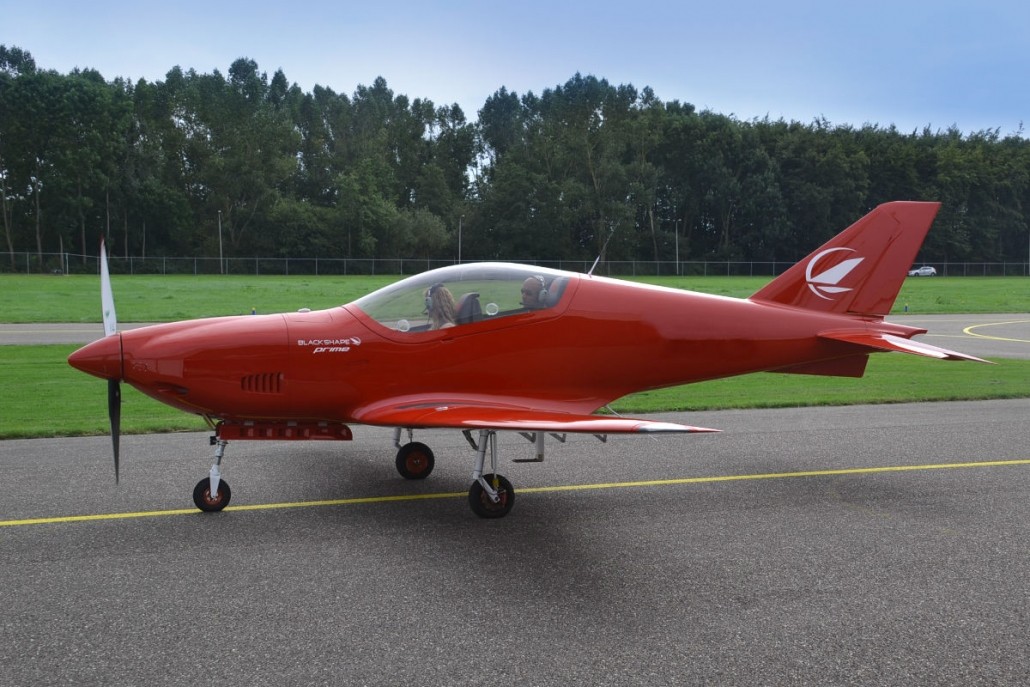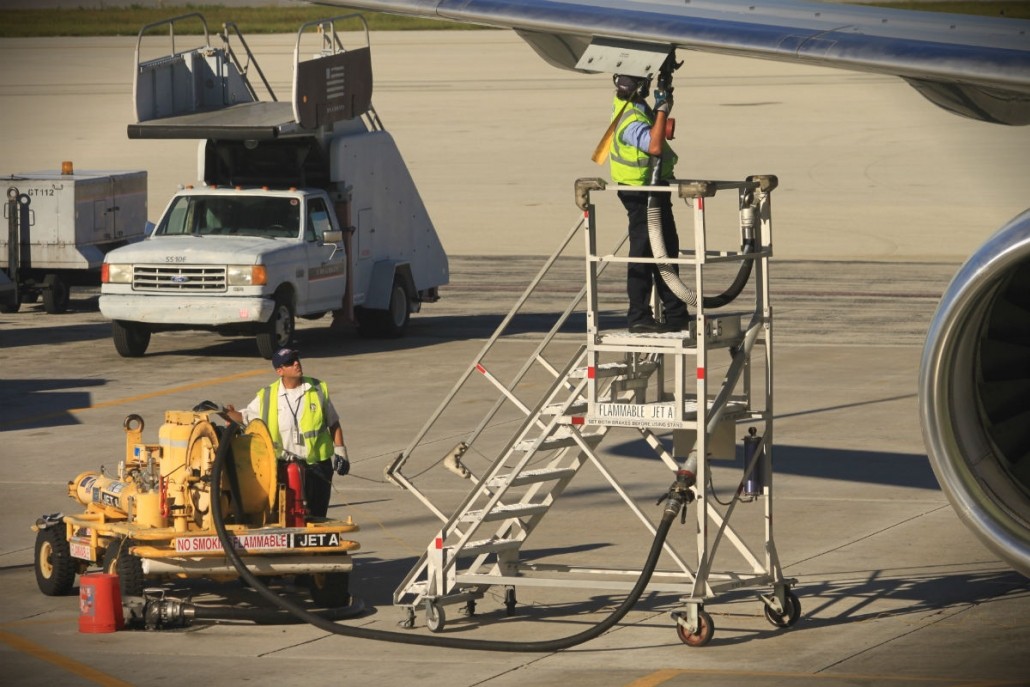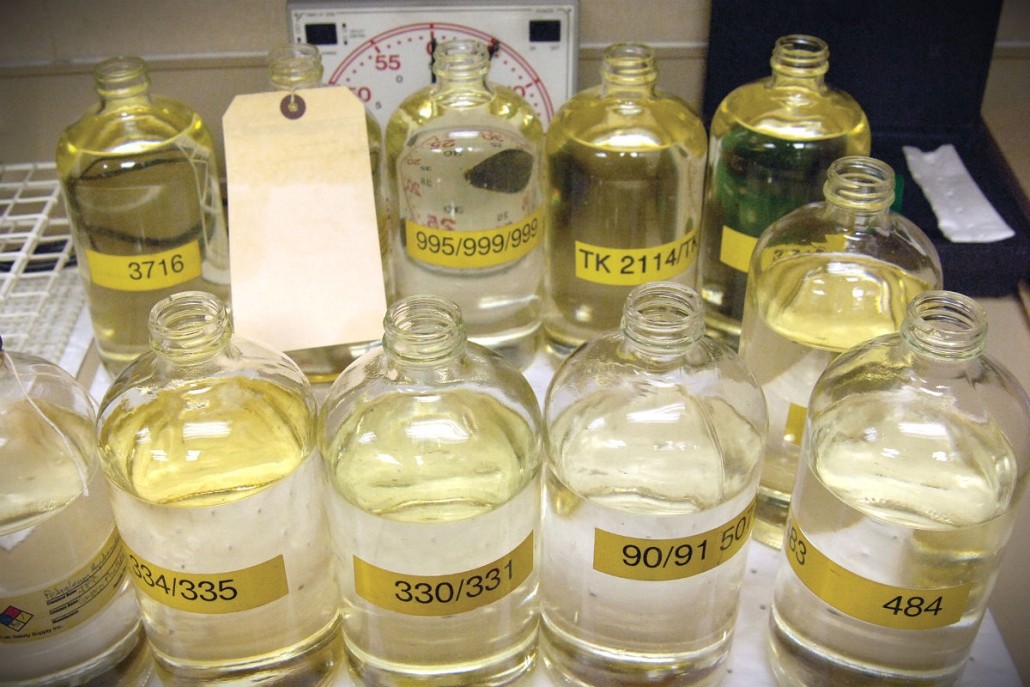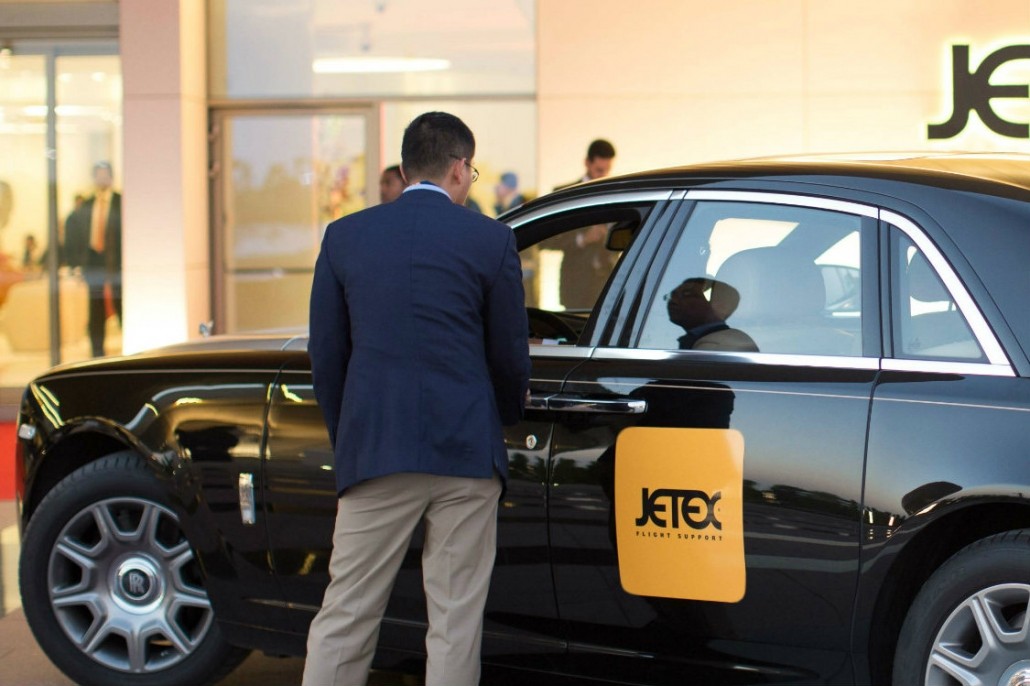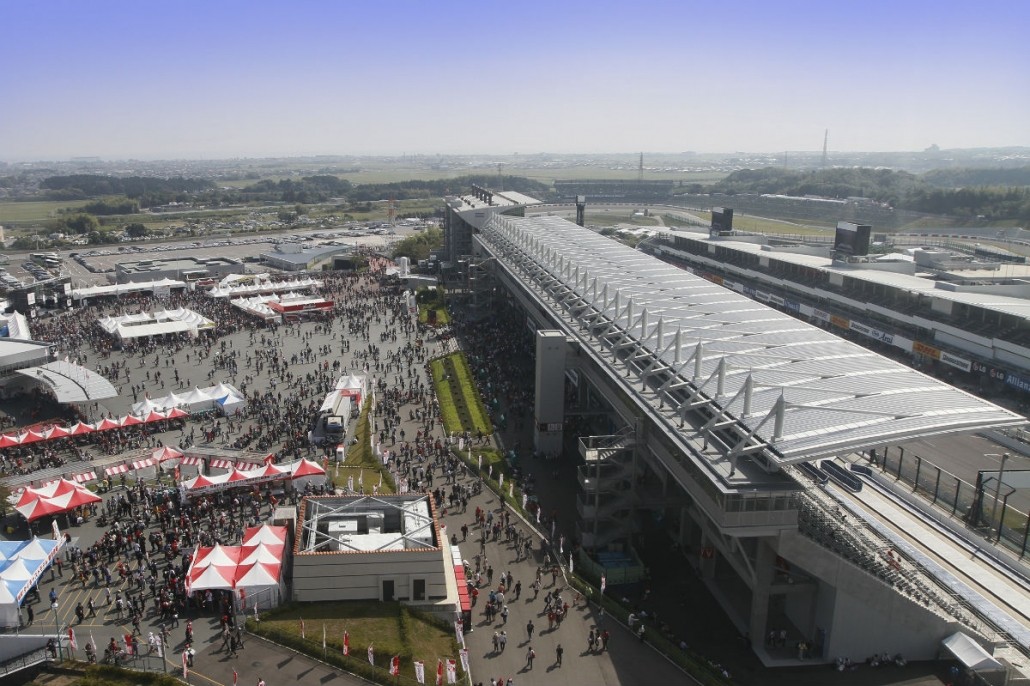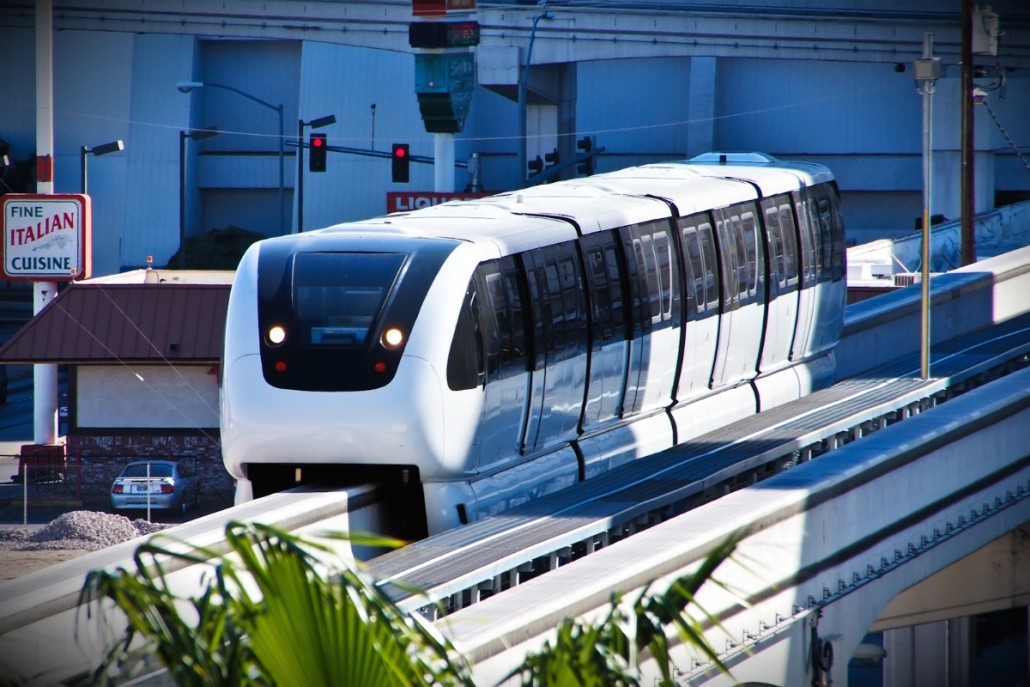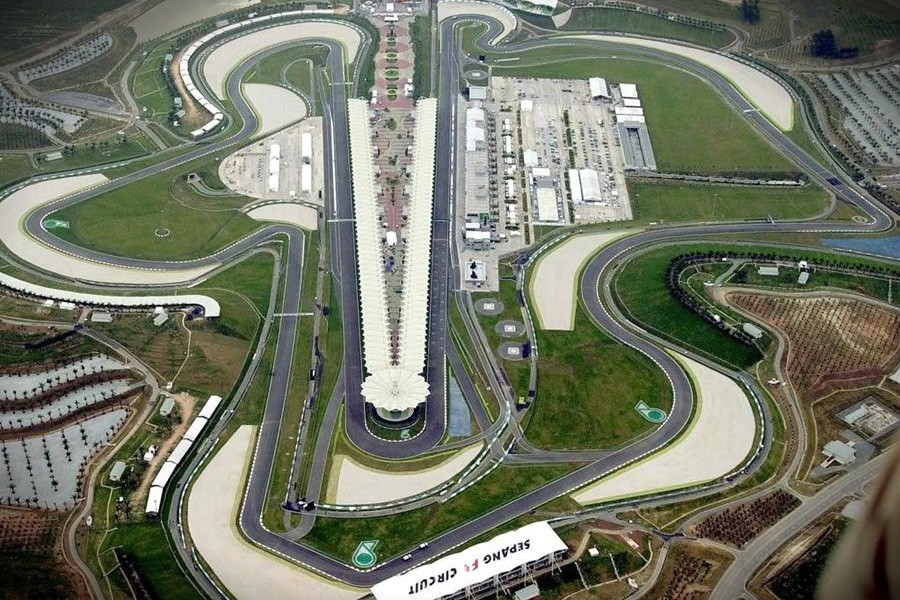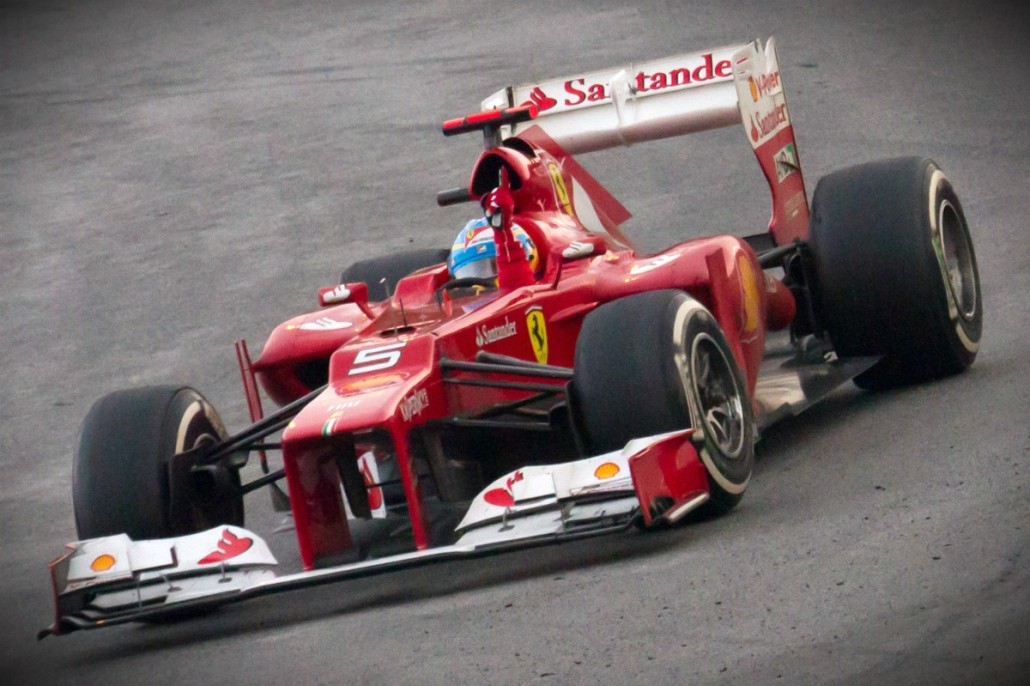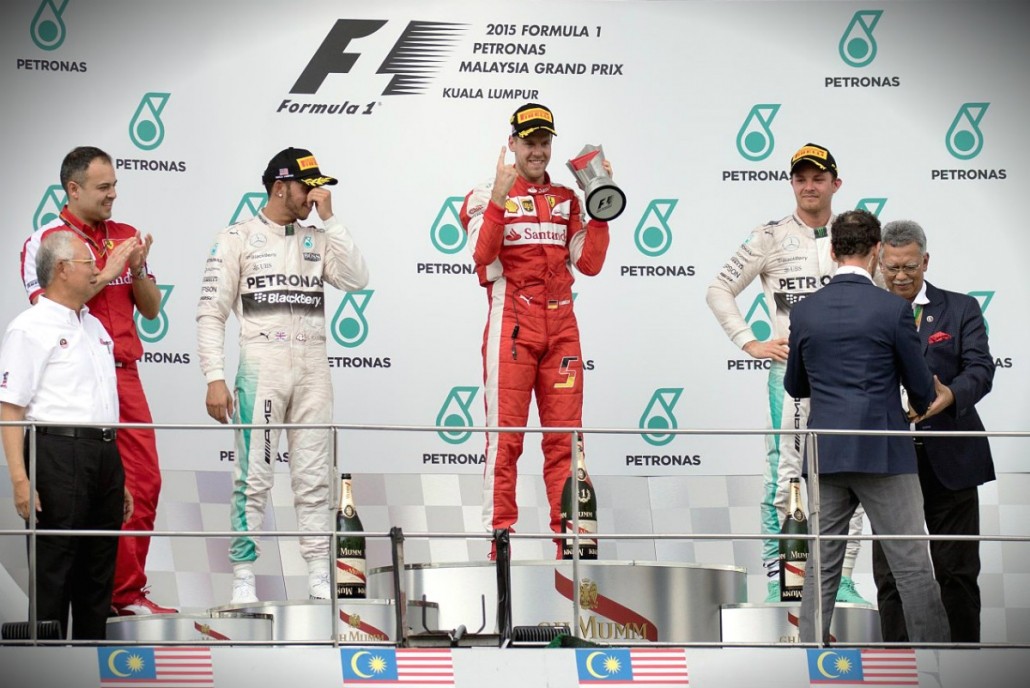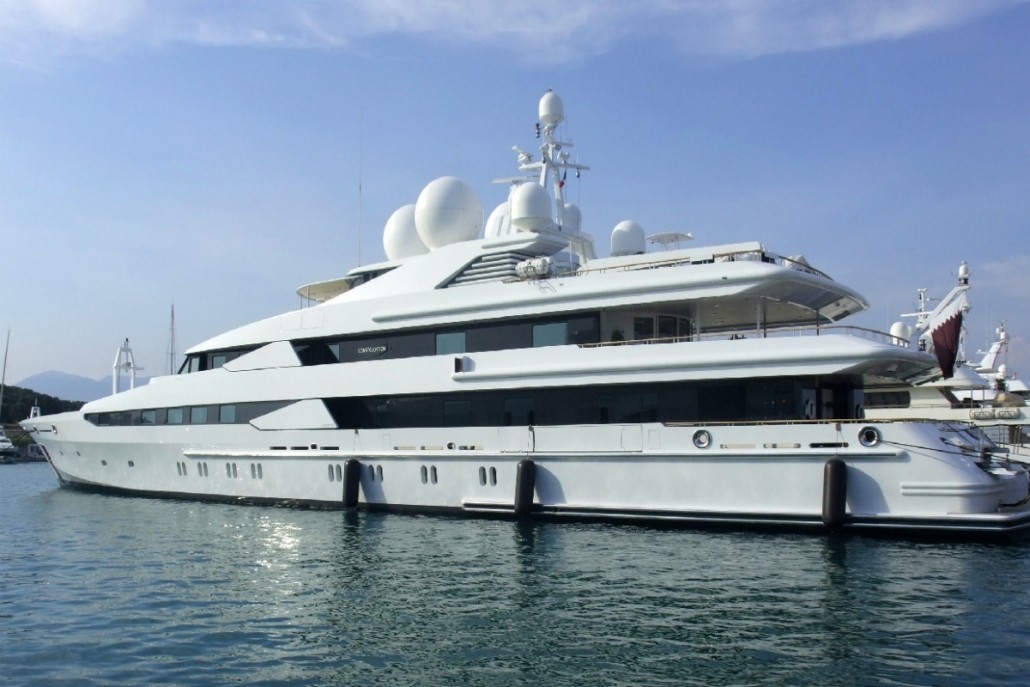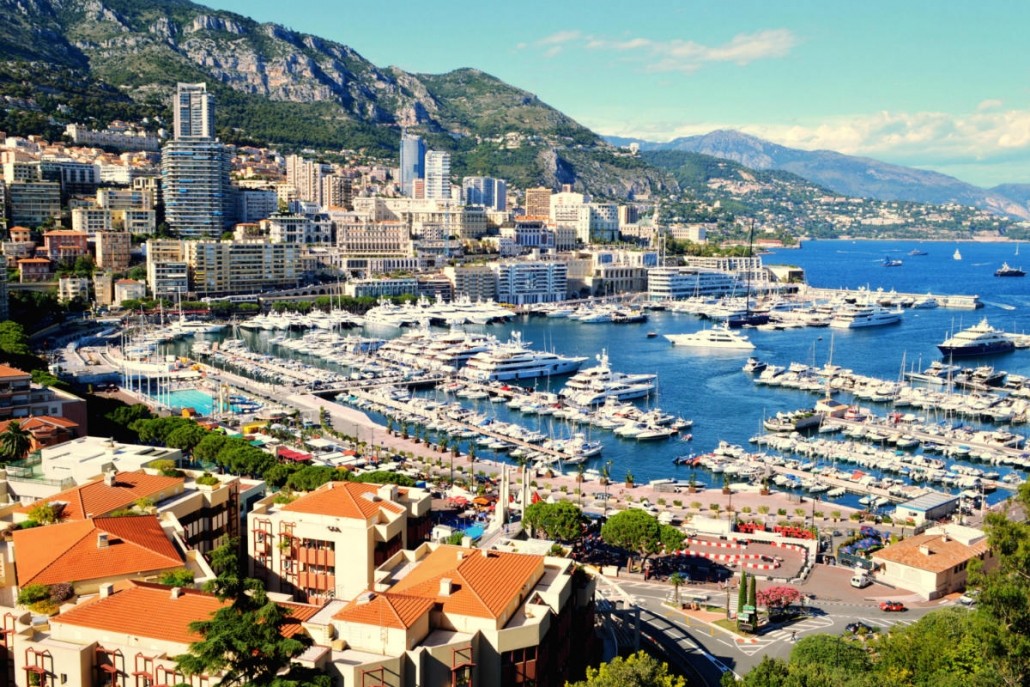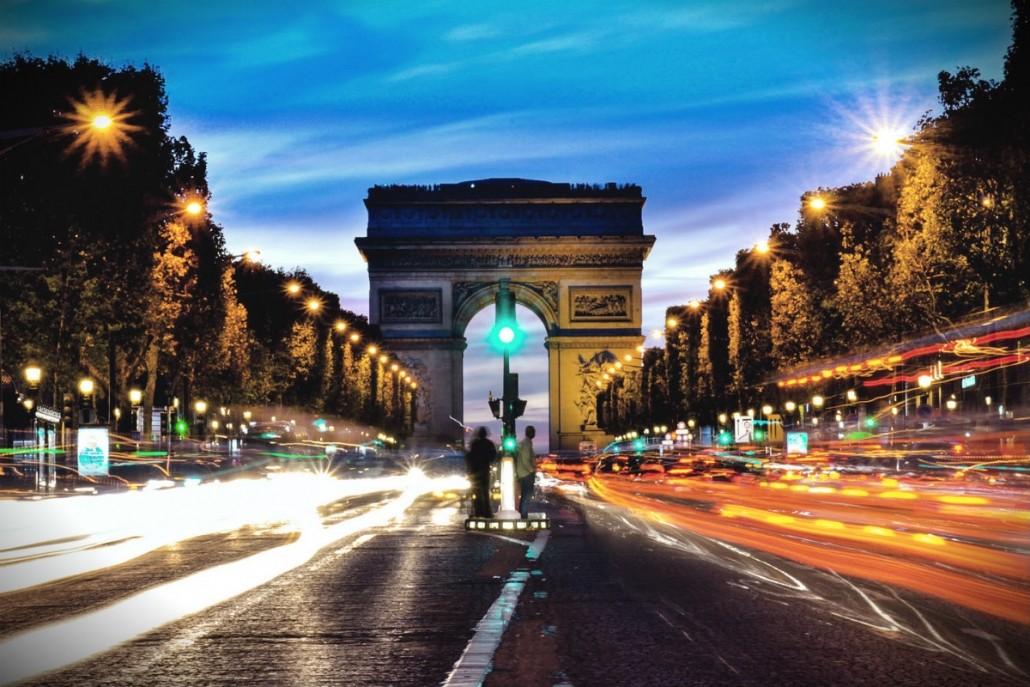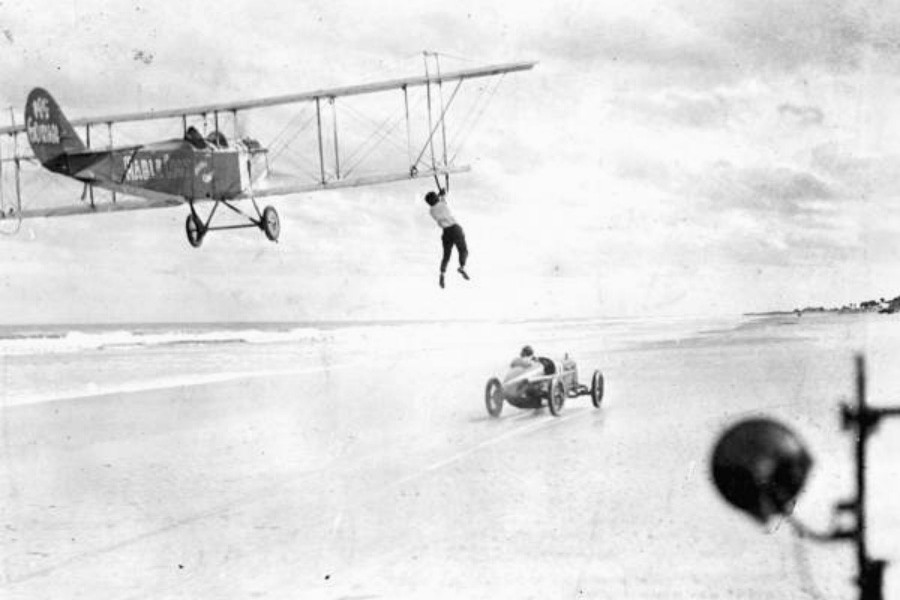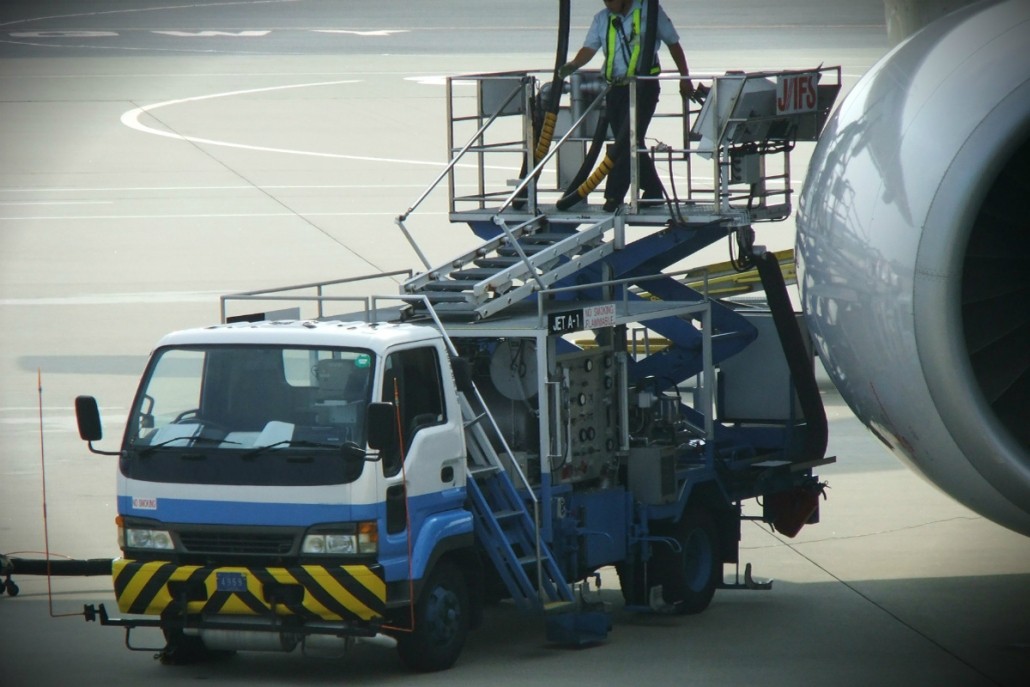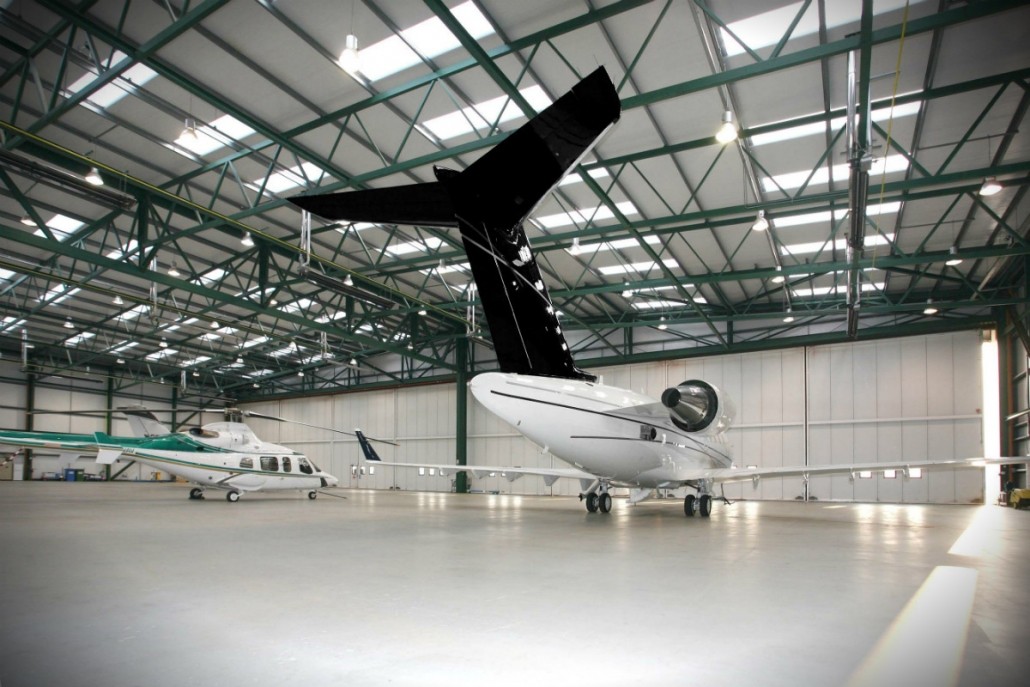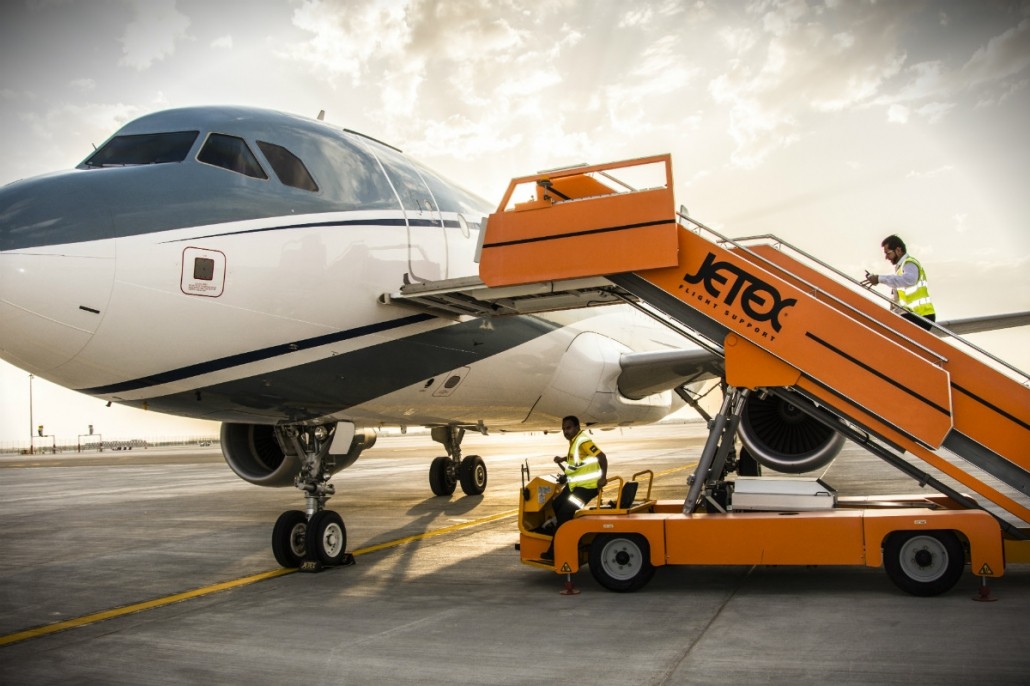Formula One rolls into Austin next month, for the United States Grand Prix. Held at the Circuit of the Americas in Elroy, Texas, the race comes as the season enters its home straight, with only three more Grand Prix to follow. Read on to learn more about this exciting festival of motorsports.
History of the United States Grand Prix
The origins of the United States Grand Prix date back to 1908, when it was known as the “American Grand Prize”. The race has been held a total of 44 times over the years, in a variety of locations including Watkins Glen International Circuit, Phoenix Street Circuit and Indianapolis Motor Speedway.
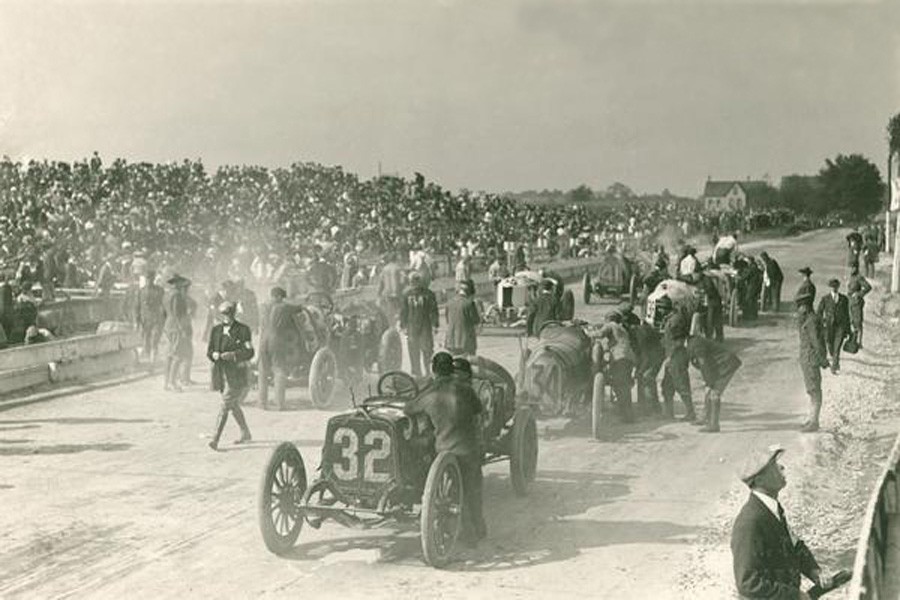
This vintage photo shows drivers making last-minute adjustments to their vehicles at the start of the 1912 American Grand Prize race in Wisconsin.
In 2012, the GP found a new home at the custom-built Circuit of the Americas. Designed by the renowned engineer Hermann Tilke, the layout drew inspiration from some of the best elements of the world’s favorite circuits. For added excitement the track follows the site’s natural curves, taking in several steep elevation changes with climbs of up to 40 meters along the way. Many F1 drivers feel that Circuit of the Americas is the one of the best tracks for overtaking. This leads to plenty of competition and jostling for position, making for a thrilling race.
A Purpose Built Playground For F1 Fans
The Circuit of the Americas offers seating for 120,000 spectators, including the 9,000 capacity main grandstand which overlooks the final straight. A series of grandstands also line the track at corners 1, 4, 5, 12 and 15, offering outstanding views of the action from all around the 5.5km route.
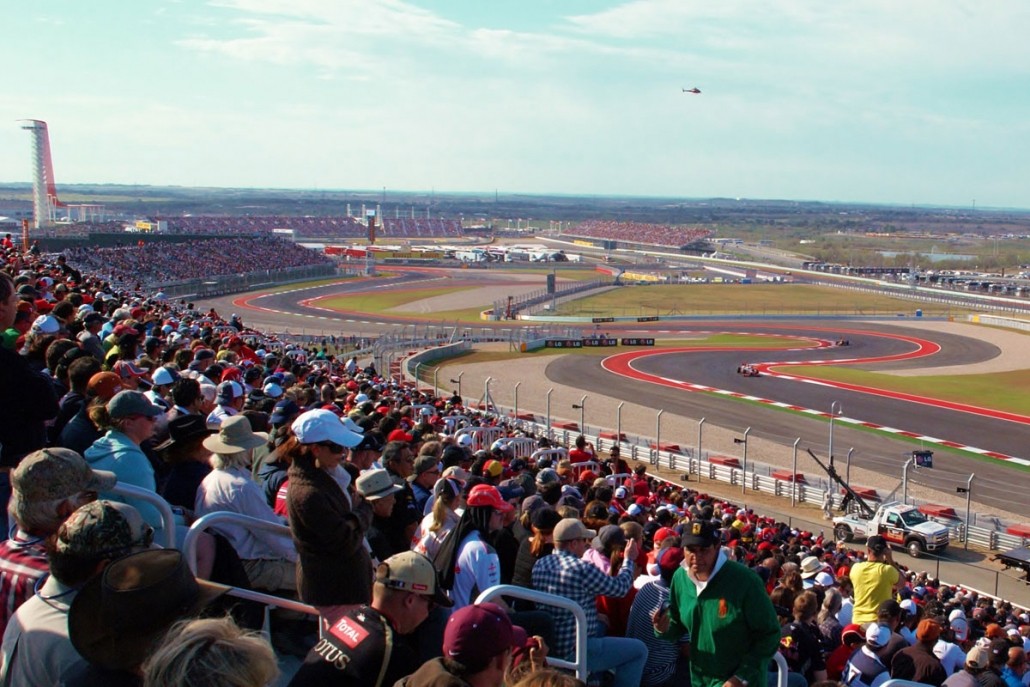
The grandstands at the state-of-the-art Circuit of the Americas offer panoramic views of the race.
The track itself is just one part of the 900-acre complex, which also includes a 251 feet (77m) observation tower, the impressive Grand Plaza area where visitors can enjoy food from variety of outlets beside a picturesque lake, and the Austin360 Amphitheater, a popular concert venue with a capacity of 14,000. Events are held there all year round, and race weekend will be no exception, with headline performances from Justin Timberlake and the legendary Stevie Wonder.

Stevie Wonder is set to light up the stage with his unique brand of soul and funk at the United States Grand Prix concert.
Who Are This Year’s Favourites?
Lat year, the United States Grand Prix attracted around 270,000 race fans to Austin, who saw Lewis Hamilton once again take the chequered flag for Mercedes. The Briton has dominated at the Circuit of the Americas, having achieved victory at four of the five races held there to date. His closest rival in the 2017 championship is Ferrari’s Sebastian Vettel, who won the 2013 US GP. This makes him the only driver to beat Hamilton to the finish line in Austin since the first F1 race was held there six years ago.

Lewis Hamilton on the podium last year after winning his fifth United States Grand Prix.
With just four races left in this year’s championship, the result could well determine who will clinch the title. A win would see Hamilton exceed Michael Schumacher’s record of five United States Grand Prix victories. Vettel, meanwhile, is looking to put his controversial exit from the Singapore Grand Prix behind him, as he seeks to close the gap on his rival. Who will triumph? Find out next month!
The United States Grand Prix takes place from Friday, October 20 to Sunday, October 22 at the Circuit of the Americas in Austin, Texas. Visit the official Formula One website for all the latest news on the build-up to the race.
Flying to Austin, Texas
If you plan on flying to the United States Grand Prix, the closest available airport is Austin–Bergstrom International Airport (IATA: AUS, ICAO: KAUS). KAUS is the main airport serving the Austin area and welcomed 12,436,849 passengers in 2016, making it the 34th busiest airport in the United States. Austin–Bergstrom is located around 14km northwest from Circuit of the Americas, and can be reached in less than 15 minutes by car.
KAUS is operational 24 hours a day and serves as an Airport of Entry (AoE). Airport slots are not necessary, however Prior Permission Required (PPR) is needed. When applying for PPR, you must provide the aircraft tail number, full flight schedule and number of passengers onboard, together with details of any special customs requirements. Customs have specific hours for General Aviation (GA) operations, which are cleared on-site at the FBO from 08:00-20:00 local time Monday-Friday, and 08:00-16:00 on weekends. A full range of ground handling services are available, including aircraft parking and fuel uplifts.
Alternate airports in the region include Austin Executive Airport (ICAO: KEDC) which is 36km (45 minutes by car) from the circuit, however this is a domestic only airport and cannot process international arrivals. The nearest AoEs with customs facilities are somewhat farther away. These include San Antonio International Airport (IATA: SAT, ICAO: KSAT), approximately 120km (80 minutes’ drive) from the race venue, and William P. Hobby Airport (IATA: HOU, ICAO: KHOU), which is 265km away (180 minutes’ drive) away. For this reason, KAUS remains the best option for attendees.
Note that an increase in GA traffic is expected over the Grand Prix Weekend. You can check for the latest NOTAMs online using the FAA’s pilotweb service. Please be sure to arrange your flight at the earliest opportunity in order to guarantee availability.
For further information on arranging your flight to the USA check out our informative guide on visa requirements, TSA waivers, APIS and Border Overflight Exemptions.
Arrange Your Trip to the United States Grand Prix with Jetex
Traveling to the United States Grand Prix in Austin, Texas? Arrange your trip with Jetex!
We deliver a comprehensive range of trip planning services. Our highly experienced team provides 24/7 support for your flights to and within the United States from our state-of-the-art operations center in Miami, Florida. Jetex can look after all of your ground handling, fueling, permit coordination, ground transport, accommodation and concierge service requirements for your trip to Austin.
Contact us today on +1(305) 306 4000 or itp@jetex.com to discuss your requirements. Our team will be delighted to assist.




